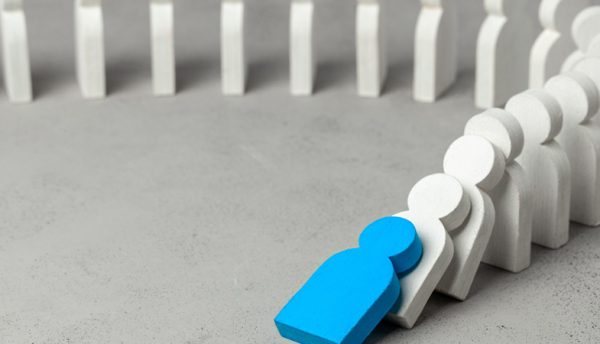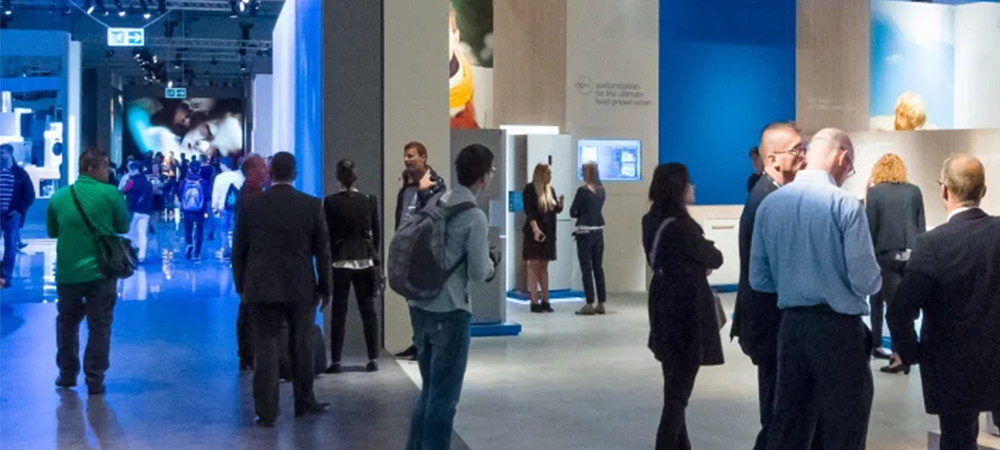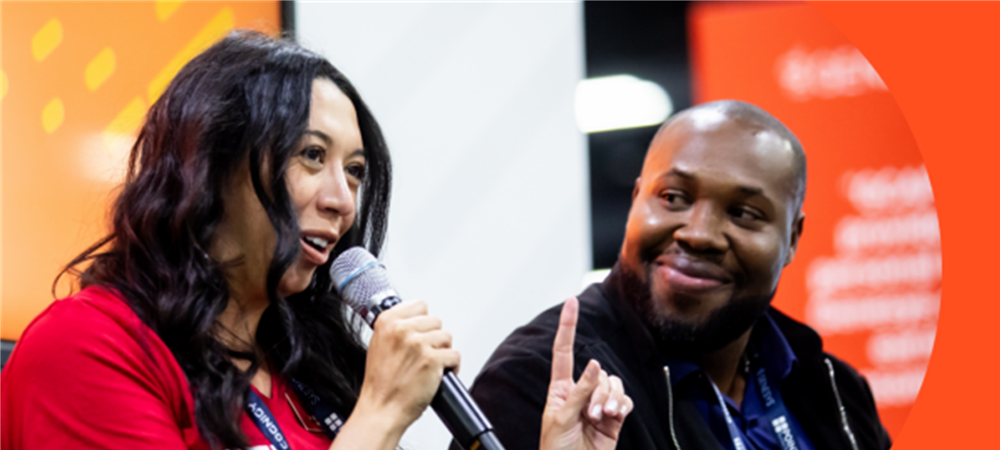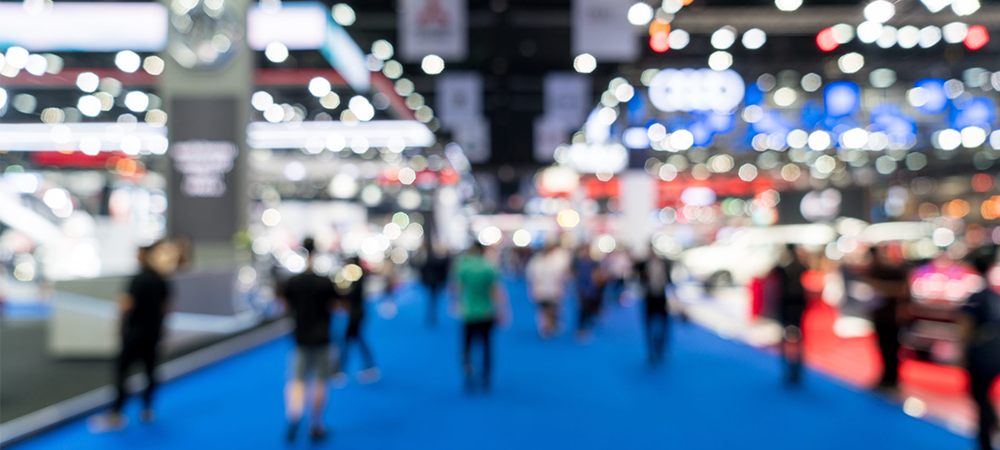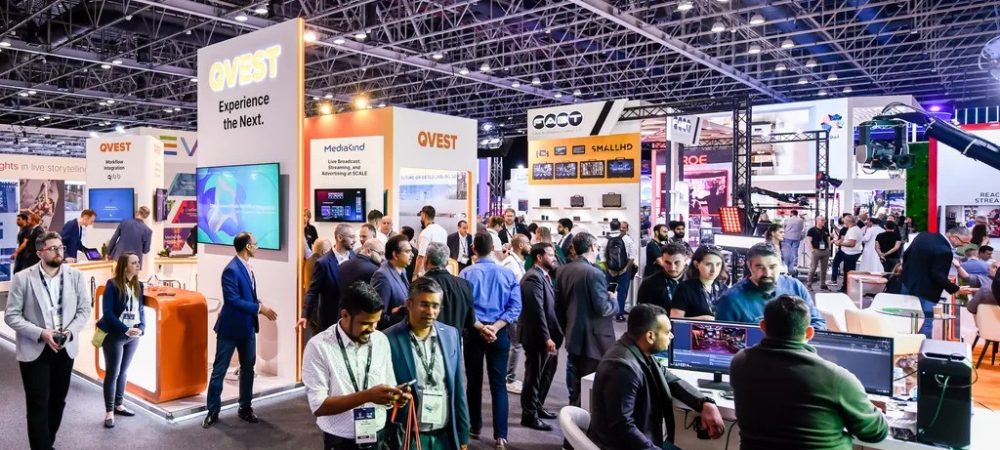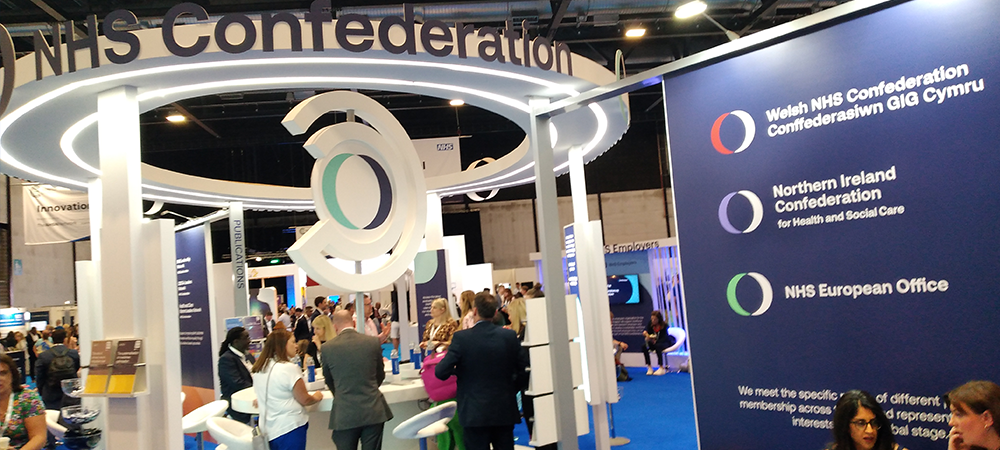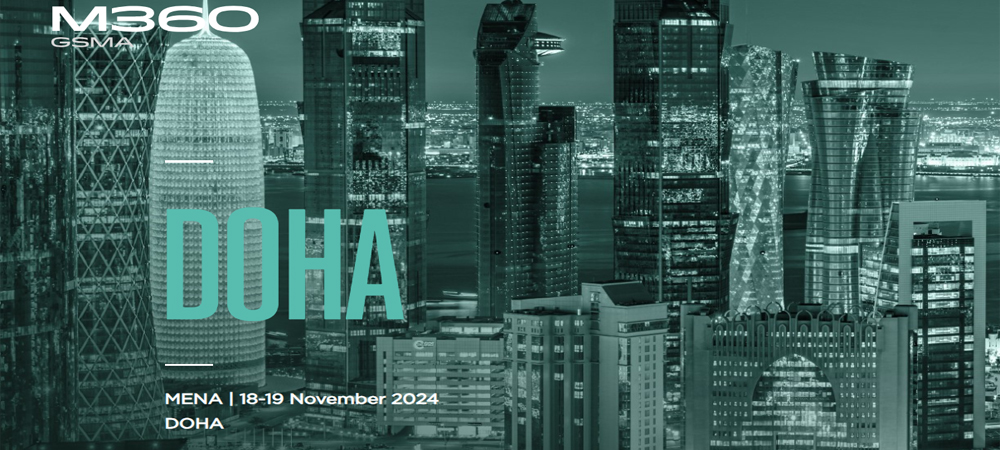On April 1, 2023, Mark Yeeles began his journey in the Secure Power Division at Schneider Electric as Vice President for the UK and Ireland. Six months on we sat down with him to reflect on his experience so far, future-gaze on what’s ahead and glean his thoughts on how data centres can form part of the solution to global sustainability challenges.
Can you tell us about the trajectory of your journey up to this point – what inspired you to take up a career in this field?
I’ve always had a desire to learn, try new things and challenge myself. This has been integral to every role I’ve accepted in the past, so the idea of doing a job which involved a challenging change and the opportunity to be surrounded by forward-thinking people and innovative new technologies, was something I relished.
Leading up to this point, however, my journey began as a 16 year-old apprentice at Perkins Engines and having been guided by some amazing tutors along the way, I progressed into sales, engineering and leadership roles at Rockwell Automation, before joining Schneider Electric’s Industrial Automation business.
Are there any pivotal moments that have stood out for you, influencing the course of your journey and contributing to your leadership approach?
I believe that with every role and in every challenge, you learn something new and in all honesty, the more I understand about people, the better leader I have become.
One pivotal moment arose when I worked with Proteus on a strategic leadership project in a previous role. Following this, I became acutely aware of the power of leading by example, by being open with my team and encouraging them through mentoring and coaching. This has been hugely influential in the way I have approached leadership.
Upon being appointed in your new role earlier this year, what have been some of the biggest lessons you’ve learned and how does this influence how you lead a team to success?
Having been in the role for several months, many people have asked what I have learnt. One of the key things that’s stood out is that the challenges being experienced in other sectors, like industrial automation, are not too dissimilar to the data centre industry.
For example, sustainability and the talent crisis are major issues across tech generally and each industry addresses this universal challenge in a different way. With all industry’s talking about STEM Careers, it would be good to create more open dialogue and find a more uniformed-approach, whereby we use new channels or identify new ways to communicate to bridge the talent gap.
In terms of how these challenges influence how I lead the team, I believe we must listen to our partners, colleagues and customers and understand their needs. After that, we can find a means to address them. It is only with a greater understanding that we can solve the challenges together and drive success for both our customers and the business. In essence, collaboration is essential.
What were some of the key motivators when switching from Industrial Automation Business to Schneider Electric’s Secure Power Division?
I was very fortunate to have two very strong leaders in Kelly Becker and Marc Garner, who were advocates of mine and were prepared to support me in this new challenge. In that respect, I believe you always need a strong advocate or network to help you progress in your career.
I’ve always tried to do things differently and try new things in every role. As a professional, I’m really interested in roles where I can have impact and apply some of my learnings to new environments.
I want to make a difference and in data centres there is an opportunity to change the dial on sustainability, DEI and early talent, and these are all areas I am particularly passionate about.
Can you tell us about some of the key challenges you are experiencing in this space and how you work with your customers to tackle these head-on?
The energy demands on the sector are already one of the most heavily discussed points in the industry, and the advancements in AI are continuing to create unprecedented demand in growth. Unless we as an industry come together to address the design and build stages in particular, our growth will become limited to the restrictions in the infrastructure and access to power.
Digital twins and profiling the form-factor of data centres around sustainability, energy and the circular economy are going to be critical moving forward, and for many of our key clients this is a hot topic now.
As a global leader in energy and automation, we work with customers to solve these challenges in several ways – firstly in the design, build and deployment of data centres – helping them to buildout their infrastructure sustainably; secondly in the modernisation and servicing of said data centre platforms, ensuring they’re sustainable, energy efficient and future-proofed for new technological demands such as AI; and thirdly extending our expertise in data centres into other areas of the business such as energy and microgrids.
The data centre industry is moving from a consumer to a prosumer and by working collaboratively we can help the sector be a catalyst for net zero and reduce its demand on the grid.
I believe the final challenge is in the way we communicate outside of the sector. It’s crucial that we educate a wider audience on the role of data centres and demystify digital infrastructure in general. My new DDI podcast explores this in more detail.
How does Schneider Electric harness the power of software and digitalisation to unlock new efficiencies and minimise energy waste to ensure data centres play a key role in a more resilient and sustainable future?
Software and digitalisation both have a pivotal role to play, not only in optimising data centres but also in enhancing other sectors’ sustainability capabilities.
We believe both are critical to unlock resilience and efficiency and if we have better visibility we will consume and waste less resources, have a better understanding of how to drive down costs and ultimately reduce our collective carbon footprint.
A great example of this can be seen in digital twin software. By digitalising the data centre design process, customers can understand the carbon impact of their designs and operations over the life cycle, model their systems under various operating conditions and make more informed decisions about how their choice of components will impact their sustainability targets.
This also extends into other industries and allows businesses to convert data into actionable insights and make powerful decisions that will drive a more sustainable outcome.
Can you tell us more about Schneider Electric’s vision Electricity 4.0 – how does this help customers harness the power of electrification and digitalisation?
In order to fight climate change we need to eliminate carbon emissions – over 80% of which are caused by energy production and consumption. The solution is a more electric and more digital world.
Electricity is proven to be three to five times more efficient than other sources and it is also the best vector for decarbonisation. A more electric and digital world is key to addressing the climate crisis which is what Electricity 4.0 allows.
Together with our customers we can build a new electric world by providing smart energy everywhere – from the data centres, infrastructures and grids of the future, to homes and buildings.
What are your predictions for the Digital Transformation of energy management in 2024 and beyond?
In the last 12 months we’ve seen the energy crisis drive a greater focus on energy efficiency and sustainability, and I believe that will accelerate moving forwards.
There’s no doubt that from an energy standpoint the impact of AI will be a big focus for the data centre industry and businesses will need to remodel their systems accordingly to reach net zero.
A greater focus on energy and the way in which we create and manage it, also provides us with the biggest opportunity to benefit people and ecosystems outside of the sector.
In the Nordics, for example, some data centres will sit near to buildings and will utilise the waste heat from servers in either fuel production facilities or district heating systems for schools and homes. This is something I’d like to see more of here in the UK and Ireland.
As an industry, there are a host of wonderful opportunities available to us, but we may need to think differently about how and where we build data centres in future to create a truly sustainable and circular ecosystem.
Click below to share this article

